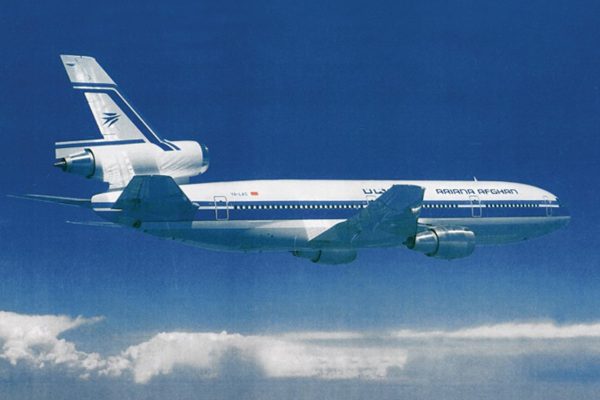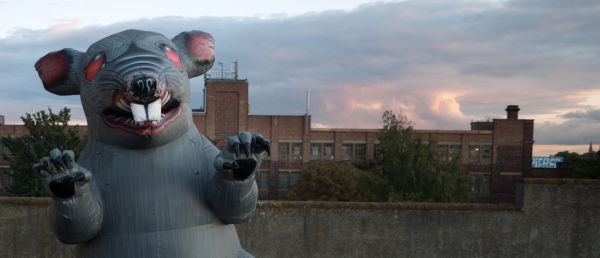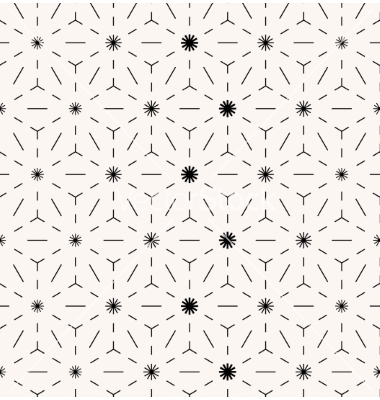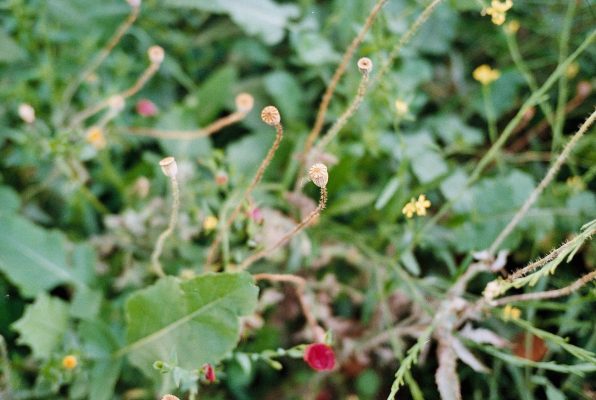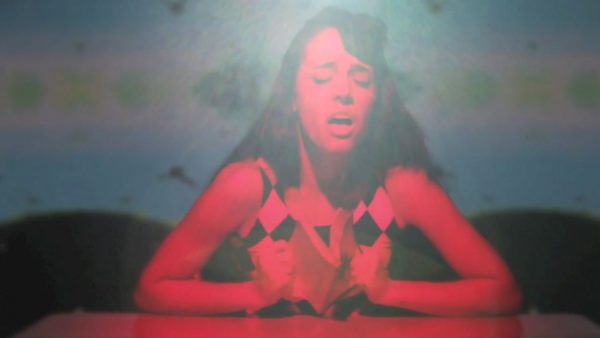Like the figures found in a spread of Tarot cards, an artist can assume a variety of viewpoints and characters – a soldier or a pilgrim, a journalist or a madman – each position allowing for a new way of looking at the world. Marine Hugonnier trained as an anthropologist, and deploys the vagaries of perspective as the material of her work, in films, photographs, and sculptures that often unravel their process – what happens on set, small failures, and the mechanisms of observing and making. She has exhibited widely over the past 15 years, with recent solo shows at the Museum of Contemporary Arts, Seoul, at the BALTIC Centre, Gateshead, and Galeria Fortes Vilaca in Sao Paulo.
At the center of her practice is a set of films which approach the politics of looking: Ariana (2003), set in Afghanistan, concerned with the strategic, military point of view; The Last Tour (2004) with the tourist’s gaze; and Travelling Amazonia (2006) with the colonial map, and the cartographer’s attempts to subjugate space. In the collage series, Art for Modern Architecture (2004-0ngoing), for which she is most widely known, Hugonnier performs surgery on the frontpages of newspapers marking the death of Kennedy or the fall of the Berlin Wall, transplanting the original pictures with coloured blocks. The obliterated images still loom, as if scored into collective consciousness.
When I request an interview, Hugonnier responds to my email almost immediately, and we meet in her modest studio just two days later. The small, high-ceilinged room has the aura of a decorous living room. A neat archive of her work covers one wall; an elegantly framed collage hangs opposite. Aged 46, Hugonnier is lean and beautiful, with a thick ponytail, and dressed in supple leather trousers and black mohair. She watches me carefully with ash-green eyes which are attentive, and a little cold.
I question Hugonnier, in what never develops into a fluent conversation, but one punctured with pauses that my recorder breathes in. Although French is her native language, she is highly eloquent in English, and able to explain her work in both theoretical and magical terms. Composed at her desk, Hugonnier opens her catalogue raisonne and awaits my questions, patient and professional; her face lights up at the mention of her son, but otherwise remains unreadable. Throughout our conversation, she often deflects my observations, questioning my point of view in a way that matches her artistic project as a whole. As the observer observed, I sense the mechanisms of the interview are often at stake.
